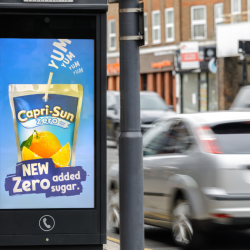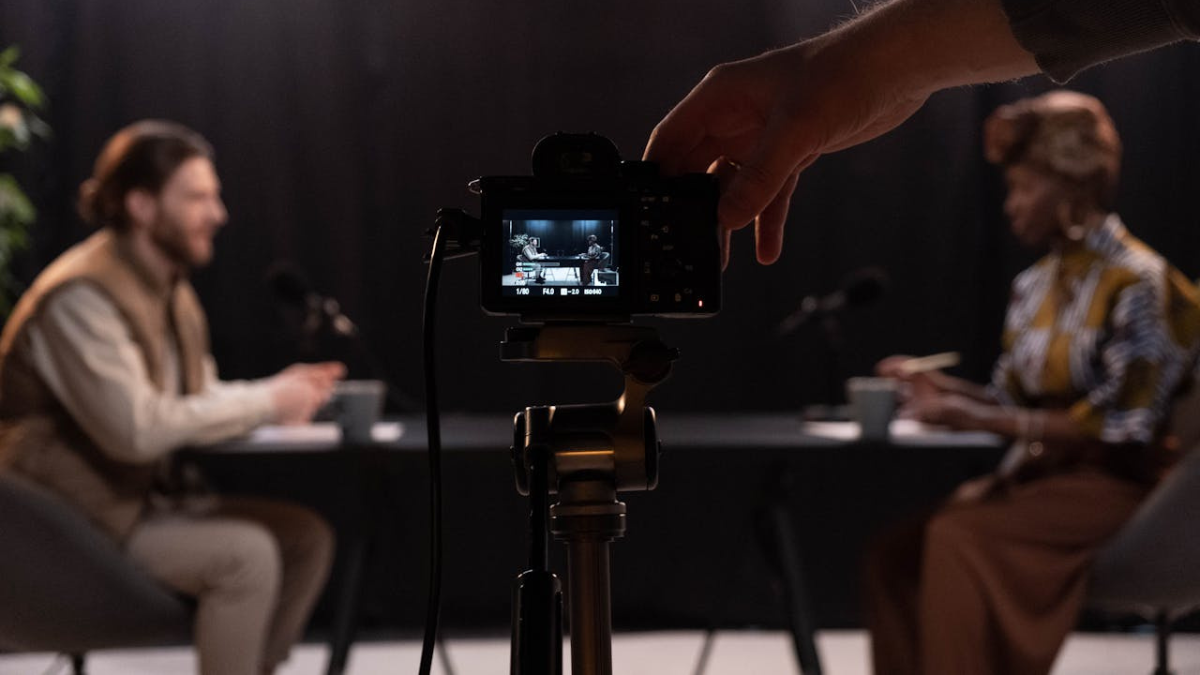In an era when AI is reshaping nearly every industry, and the news now breaks on social media, the world of public relations is facing a critical challenge: the rapid shrinking and deterioration of newsrooms. Axios recently reported on the extensive mainstream media ‘bloodbath’ as dozens of U.S. media companies laid off tens of thousands of staff members to salvage struggling publications.
Why should it matter? Besides the continued onslaught of misinformation, rise in fake news, and erosion of accountability that comes from the crumbling of the Fourth Estate, shrinking newsrooms have profound impacts on brand marketers and the PR industry. The downsizing of media means that editorial teams and reporters are forced to cover several beats. My team and I recently pitched a timely local story with massive regional implications to our local Gannett bureau.
According to the reporter, the story was a slam dunk and received significant interest from the managing editor. Then came a wave of layoffs, and while our reporter kept his job, he lost his sanity as he was now performing the work of three former colleagues. The story was shelved and later killed as fewer resources meant less time for meaningful features.
PR pros enter their pivot era
Gone are the days when a compelling press release or a groundbreaking story could easily secure media coverage. Today, newsrooms are in dire need of content that drives clicks, sign-ups and traffic which often results in click-bait articles, sponsored content and aggregated news sites. Some digital media hubs, including Yahoo!, have stopped producing most original journalism altogether.
Media outlets’ monetisation strategies have also changed. Many opportunities, particularly in broadcast and digital mainstream media, have transitioned from purely earned to partially or entirely paid as outlets explore more paywalls, affiliate programs and retail collaborations. While separate from the newsrooms, the likes of Forbes, the Associated Press, New York Magazine and even TIME have all launched e-commerce content platforms to drive affiliate traffic and revenue from product reviews and recommendations. Now the concept that ‘PR is not a sales driver but a brand awareness builder’ has been turned on its head. Despite the pervasive challenges, if there’s one group that knows how to pivot during a potential crisis, it is most certainly the PR professionals.
Why ‘spray & pray’ is dead in PR, and what to do instead
With editors strapped for time, on deadline and overwhelmed with hundreds of emails a day, the quickest way to the email waste bin is by ‘spraying and praying.’ Rather than sending mass emails and generalised pitches with hopes of landing a single story, the most insightful PR professionals are individually tailoring their pitches and keeping in mind what a journalist needs to do their jobs, what they cover and what the publication’s audience values most. The pitches that land the most ink make the job of the journalist easier.
PR pros should provide everything in the first pitch, including several unique angles that tie into a larger narrative, a link to high-resolution photography and b-roll (without the hassle of an extra password) and explicit, detailed affiliate product information. ‘Brief is best’ in our world and the most opened pitches are usually 150 words or less. For exclusives, we previously offered editors about 24-48 hours to produce a story. Now we’re extending to at least 5-7 business days.
And for the love of all that is good and holy in this world, please do not call/DM or stalk reporters on social media as a form of follow-up. It’s cringe and violates professional boundaries.
Mixed media: your perfect PR playlist
In the ever-evolving media universe, where traditional newscasts are getting cosy with TikTok clips, and everyone’s a creator, storyteller, or critic, there’s an opportunity to reframe the ‘smaller’ newsroom. Embracing mixed media in PR is like curating the perfect playlist — not every song or channel sounds the same but there’s a steady rhythm underneath it all. Freelancers are now the ultimate hit makers.
They are the ones bending the ears of the in-house editors and have the bandwidth to quickly move from assignment to assignment. Since freelancers often contribute to multiple outlets, a single interview with a freelancer can unfold into several stories across a few publications.
Now, if you’re looking for some serious engagement, let’s not forget the newer media models. Wins are now tallied in snapshots on Substack, where journalists are setting up their own stages, away from the editorial oversight, and catering to an audience that prefers more niche content.
Landing video podcasts can also do wonders for a brand or founder. For us, video podcasts are one of the best segues to the broadcast big leagues. And the beauty of podcast content? It’s the most versatile and reusable — chop ’em, pare ’em down and then push ’em out across your social feeds, websites, and newsletters.
Speaking of spotlights, let’s talk about the golden ticket to airtime — coin. Cash. Budget. Securing a product-focused lifestyle segment on a major morning show doesn’t come from a smile and handshake anymore. From covering travel to production hard costs, having a budget set aside for broadcast or product placements on your favourite Netflix series can work wonders for brand awareness.
Although concerning, the reduction of traditional media does not signal total defeat for brands looking to become ‘internet famous’ by way of PR. However, it does underscore the need for sharper, more strategic pitching practices. The most successful media relations campaigns in the coming months are those that will straddle the blurring lines of mixed media, while delivering clear, concise messages that truly answer the questions of ‘Why should I actually care?’ and ‘What’s in it for me?’
It’s an invitation for publicists and marketers to become better, faster, stronger and most importantly, malleable.
Featured image: cottonbro studio / Unsplash

































